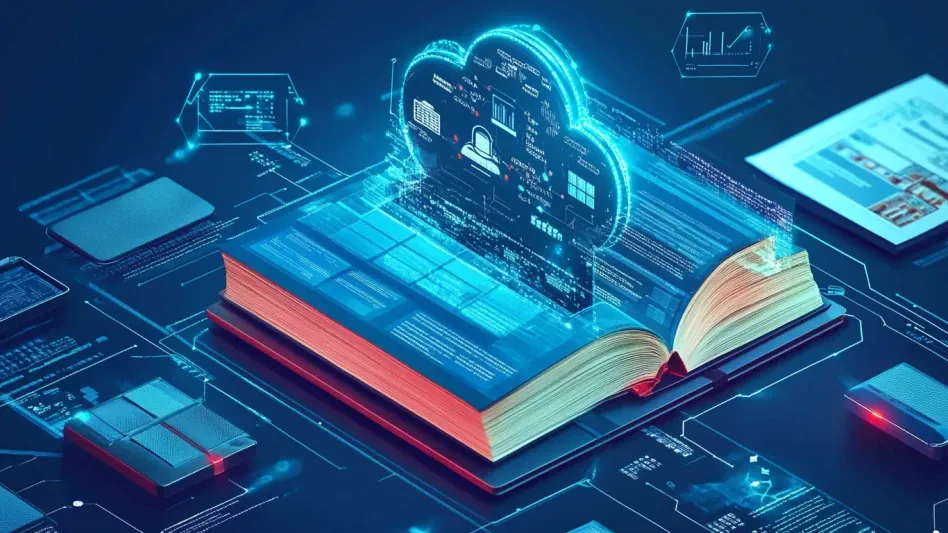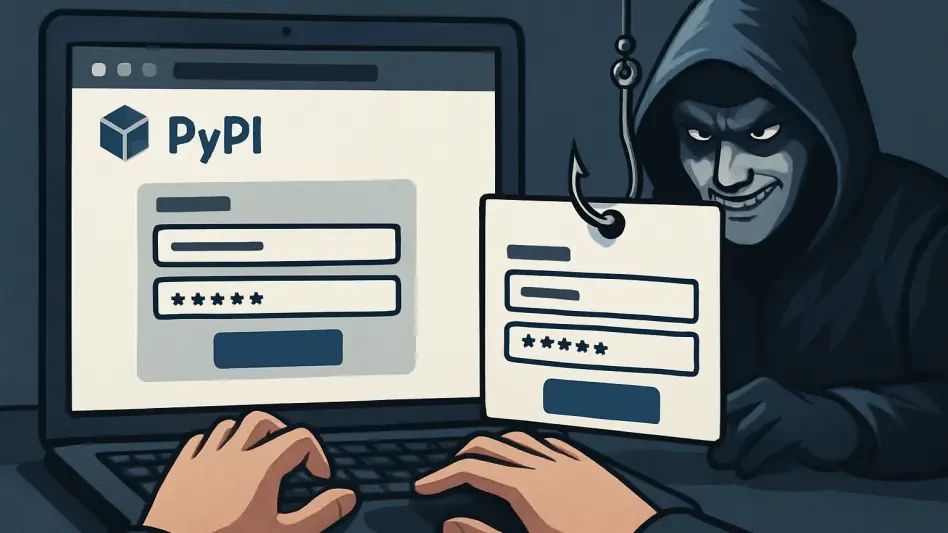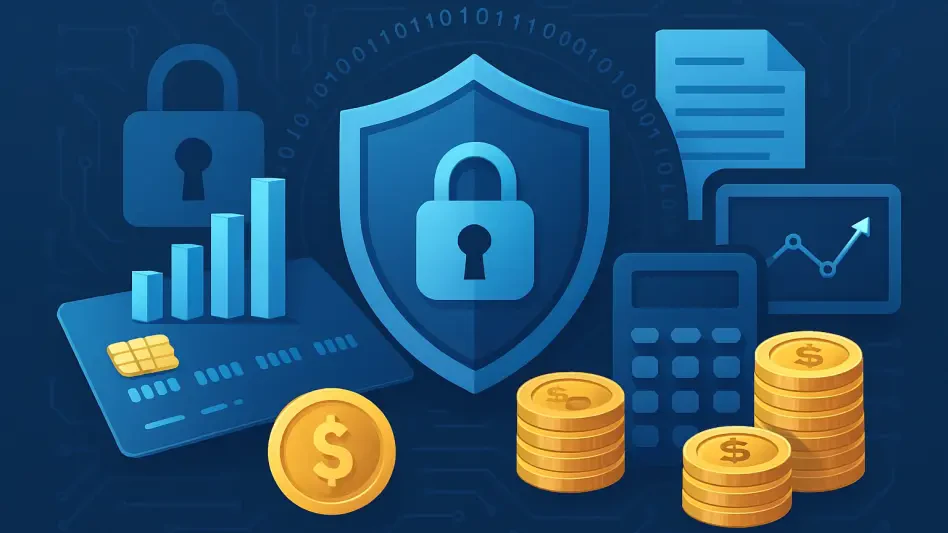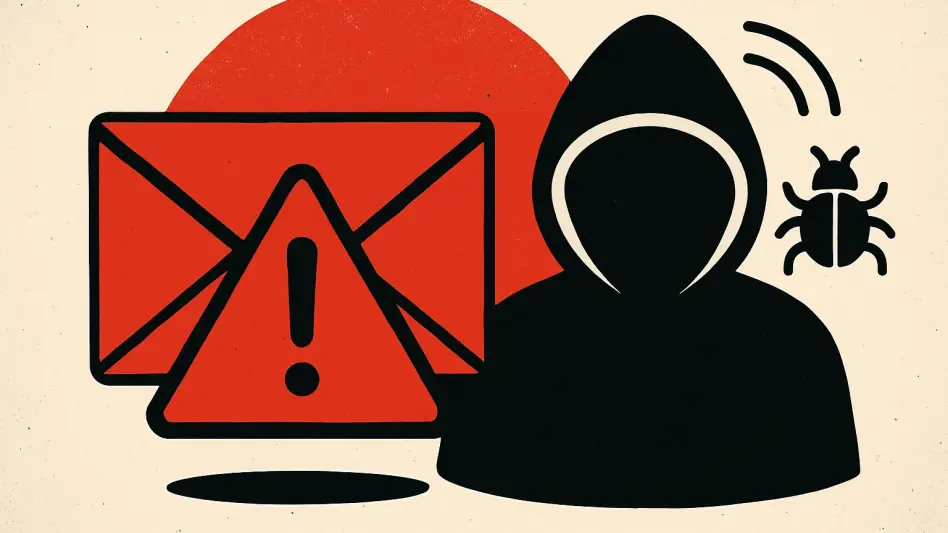In an eye-opening revelation that underscores longstanding cybersecurity challenges, the PowerSchool data breach discovered on December 28, 2024 exposed the sensitive data of millions of students and educators around the globe. PowerSchool, a leading education technology platform operational in over 90 countries and serving more than 50 million students, became the unfortunate target of a significant cyber incident. This breach has put into the spotlight pressing concerns surrounding data security and the imperative of robust digital protections.
The Anatomy of the Breach
Origin and Execution
The breach was instigated when cybercriminals successfully leveraged compromised credentials to gain unauthorized access to PowerSchool’s customer support portal, PowerSource. This infiltration resulted in the exposure of a vast array of sensitive information, including names, addresses, contact details, academic grades, and limited medical records. To exacerbate the situation, certain school districts confirmed that Social Security numbers (SSNs) of staff members were also caught in the breach, though the status of student SSNs remained uncertain, raising alarms about the potential far-reaching impacts of this cyberattack.
Despite containment efforts purportedly completed by December 19, 2024, PowerSchool engaged in a multi-pronged response to mitigate further damage. The company’s concerted efforts included enlisting the expertise of cybersecurity specialists like CrowdStrike to meticulously investigate the breach and fortify vulnerabilities. The controversy, however, arose when PowerSchool opted to pay a ransom to preempt the release of the stolen data. Even though the incident was not classified as a ransomware attack, the attackers provided a video showing the destruction of the compromised data. This decision sparked ethical debates about the implications and effectiveness of paying ransoms in the face of cyber threats.
Immediate Impact and Containment Efforts
To address the fallout of the breach, PowerSchool extended support to affected individuals by offering credit monitoring services for adults and identity protection measures for minors. Additionally, the company set up dedicated support channels aimed at assisting the communities impacted by the incident. This approach underscored the company’s commitment to assuaging the concerns of stakeholders while striving to restore trust in its services.
A key lesson for cybersecurity professionals emanating from this breach is the paramount importance of implementing multi-factor authentication and robust credential management mechanisms. The intrusion became possible due to the exploitation of a single compromised credential, thus reinforcing the need for stronger protection measures. For information governance professionals, this incident highlighted the critical necessity of enforcing stringent data classification, retention policies, and access controls to minimize exposure. Additionally, the role of eDiscovery professionals proved central in the investigation, underscoring the necessity of defensible data preservation and transparency in post-incident analyses.
Lessons and Implications
A Call for Robust Cybersecurity Measures
The broader implications of the PowerSchool data breach emphasize the delicate balance educational institutions must strike between accessibility and security in an increasingly digital world. As educational technology providers navigate these challenges, the need to continuously evaluate and bolster their security measures is more critical than ever. This incident has unambiguously illuminated the interconnectedness of data security, pointing to the necessity of a unified approach to emerging cyber threats.
The PowerSchool breach serves as a somber reminder of the inherent risks associated with digital transformation in education. The need for comprehensive cybersecurity strategies has never been more immediate, as institutions strive to safeguard sensitive information against sophisticated cyber threats. This entails investing in advanced security tools, fostering a culture of cybersecurity awareness, and ensuring regular audits of security practices. A proactive stance in cybersecurity is not just beneficial but essential to protecting the integrity of educational institutions and the privacy of their constituents.
Data Governance and Ethical Considerations
The breach has further spotlighted the necessity for rigorous data governance frameworks. Educational institutions must prioritize establishing clear data classification, retention, and access policies designed to mitigate exposure risk. These protocols ensure that the most sensitive information is subject to the highest levels of protection. The role of eDiscovery professionals is also crucial during incidents like this, ensuring that data preservation is executed in a defensible manner, and transparency is maintained throughout post-incident analyses.
Ethical considerations surrounding ransom payments have also come to the forefront. PowerSchool’s decision to pay a ransom, despite receiving video evidence of data destruction, has provoked critical discussion. It calls into question the precedent such actions set and whether they may inadvertently encourage future attacks. It is a cautionary tale urging organizations to weigh the ethical implications and long-term consequences of such decisions.
Continuously Evolving Threat Landscape
The PowerSchool breach underscores the urgency for educational technology providers to be ever vigilant and adaptive to the continuously evolving threat landscape. Cyber threats are becoming increasingly sophisticated, necessitating dynamic and adaptive security strategies. Providers must stay ahead of emerging threats by investing in research and development of new security protocols and by fostering collaborations with cybersecurity experts.
The incident also calls for a concerted effort towards enhancing user security practices, particularly around credential management. Simple yet effective measures, such as enforcing multi-factor authentication and educating users about strong password practices, can significantly reduce the risk of exploitations similar to the one experienced by PowerSchool. Cybersecurity is a shared responsibility, and cultivating a culture of vigilance and proactive protection can dramatically enhance the resilience of educational institutions against cyber threats.
Future Considerations
Strengthening Trust and Security
The PowerSchool breach has presented a valuable opportunity for educational institutions to reevaluate and fortify their cybersecurity strategies. Moving forward, it is imperative for institutions to integrate robust security measures into their digital infrastructures, ensuring that sensitive data is protected against unauthorized access. This includes investing in state-of-the-art security technologies, conducting regular vulnerability assessments, and fostering a culture of cybersecurity awareness among staff and students alike.
Educational technology providers must also prioritize transparency and swift communication during security incidents. Keeping stakeholders informed and engaged can help mitigate the reputational damage that often accompanies breaches. By demonstrating a commitment to security and proactively addressing vulnerabilities, institutions can rebuild trust and resilience in the wake of cyber incidents.
Looking Beyond the Breach
In a startling revelation highlighting ongoing cybersecurity issues, the PowerSchool data breach discovered on December 28, 2024, exposed the sensitive information of millions of students and educators worldwide. PowerSchool, a prominent educational technology platform operating in over 90 countries and serving more than 50 million students, fell victim to a major cyberattack. This incident has underscored significant concerns about data security and the necessity for strong digital defenses.
Educational institutions around the globe rely on PowerSchool for managing student data, grades, and other essential administrative functions. The breach not only jeopardizes personal information but also raises questions about the vulnerability of digital platforms used in education. Given the increasing reliance on online tools, the event serves as a critical reminder of the urgent need for enhanced cybersecurity measures. Protecting sensitive data, especially in educational settings, is paramount to maintaining trust and ensuring the safety of all stakeholders involved.








